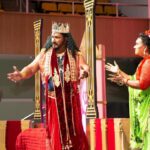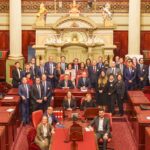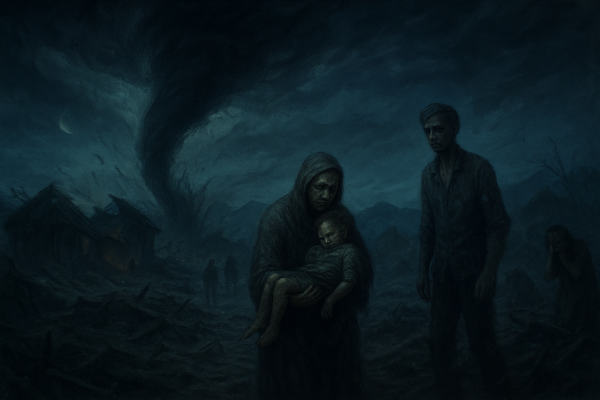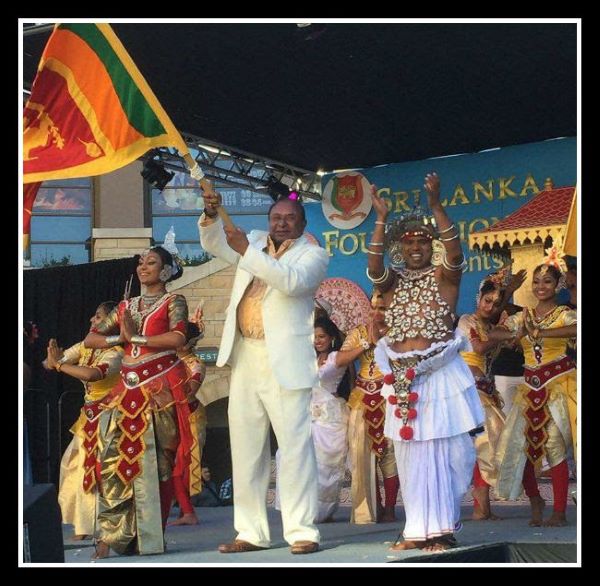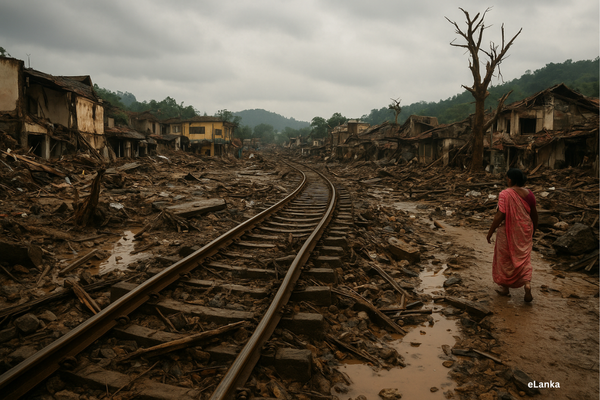Degaldoruwa Cave Temple – finest examples of Kandyan era paintings
By Arundathie Abeysinghe
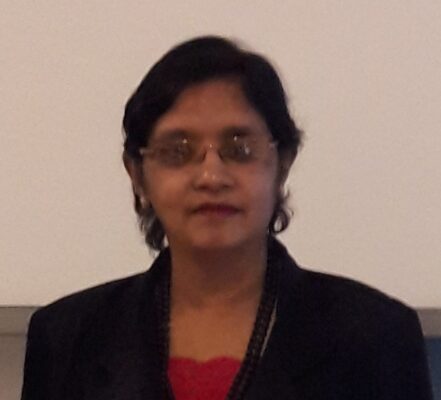

Constructed in 1771 AD by King Rajadi Rajasinha (1782–1798) as a Cave Temple with *Kandyan era architecture and paintings and situated in Amunugama in Kandy, the Temple is situated at a place where two rocks have linked with each other from above as well as below, almost similar to one single rock. The rock mass has a height of approximately 40 feet (about 12 meters). The Shrine Room of the Temple has been constructed by breaking the rocks. Construction of the Temple had commenced during the reign of King Rajadi Rajasinha’s elder brother King Kirti Sri Rajasinha (1747-1782 AD). King Kirthi Sri Rajasingha was well-known as a great restorer of the Buddhist Order, as he revitalized numerous abandoned historical monasteries, resettling them with monks and adorning the places of worship with resplendent paintings.
Majority of finest examples of Kandy era paintings in Sri Lanka date from his era. Yet, the king passed away before the completion of Degaldoruwa Temple. His successor, the younger brother King Rajadhi Rajasingha fulfilled his wishes and handed over the completed temple to Venerable Moratota Dhammarakkhita Nayaka Thera, his teacher who was a great scholar.
The Temple is situated at a location, similar to a niche under a 15-meter-high natural overhanging similar to a flat rock. At its summit, there is an old *Bo tree and a *stupa. In front of the cave, a white-washed brick-made porch with a wooden roof has been constructed. There is also a door adorned with a *makara thorana at the Temple, a prominent feature in many Sri Lankan temples.
Located approximately seven kilometers (four miles) east of Kandy City and easily accessible from the city center, it is a temple rarely visited by local as well as foreign tourists and considered as a hidden treasure.
The Temple is also known as “Degaldoruwa Raja Maha Viharaya.” The paintings at the Temple were the works of four painters.
Paintings depicting *Jataka Stories in the Temple are vibrant, with dynamic action-packed groups of figures than those in most of the famous murals in temples in the country.
Kandyan era paintings also known as Kandyan era frescoes, most often replaced images from previous era as those paintings (from previous era) had faded away due to adverse weather conditions. Scholars are of the view that Kandyan era paintings depicting Jataka Stories illustrate entire narratives; as horizontal rows, dividing the plastered and whitened surfaces, while the scene of the story is depicted in one row, divided from each other utilizing trees or petals or rivers. The storyline of the painting is represented in a zig-zag pattern. The background of the frescoes was mostly painted in a red or white color, with additional flowers fillings the blank spaces of the painting. Scholars have described technique of Kandyan murals as *tempera, painting on dry plaster, whereas *Sigiriya paintings were frescoes.
- Bo Tree – Also known as Bodhi Tree is a specific sacred fig tree (Ficus religiosa) under which the Buddha had attained *Enlightenment at Bodh Gaya in Bihar, India.
- Enlightenment – In Buddhism, Enlightenment is when a Buddhist finds the truth about life and stops being reborn as he/she has reached *Nirvana.
- Jataka tales – A voluminous body of literature (550 past life stories of the Buddha) native to India based on the previous births of the Buddha. According to scholar Peter Skilling, this genre is “one of the oldest classes of Buddhist literature. Jataka tales illustrate the many lives, acts and spiritual practices that are required during the long path to Buddhahood (a title commonly utilized for Gautama Buddha, the founder of Buddhism, who is often simply known as “the Buddha”).
- Makara Thorana – Considered as guardians of Buddhist temples, Makara Thorana is erected at entrances.
- Nirvana – It refers to a release from the cycle of death and rebirth, the ultimate spiritual goal of Buddhism.
- Sigiriya – A 5th century ruined city, fortified with a royal palace, monastery and exquisite frescoes located in Matale District in the Central Province of Sri Lanka. Sigiriya is located within the Cultural Triangle of Sri Lanka. Also known as “Sinhagiri’ (meaning Lion Rock) engulfed in jungle from all sides, the ancient rock fortress is well-known for its massive column of rock that reaches nearly 200 meters high. The site dates to the era of parricidal royal, King Kashyapa (477-495 AD), who chose the site as his capital. The site can be accessed through a series of galleries and staircases emerging from the mouth of a gigantic lion constructed of bricks and plaster
- Stupa – A significant structure in Buddhist architecture is considered as a sepulchral monument or a receptacle for religious objects. “Stupa” meaning heap in Sanskrit is also known by synonymous names such as Chaithya, Dagaba, Thupa or Seya.
- Tempera- Also known as “egg tempera” is a permanent, fast-drying painting medium consisting of pigments blended with a water-soluble binder medium, typically glutinous material such as water and egg yolk or an oil-in-water emulsion such as oil and a whole egg.



